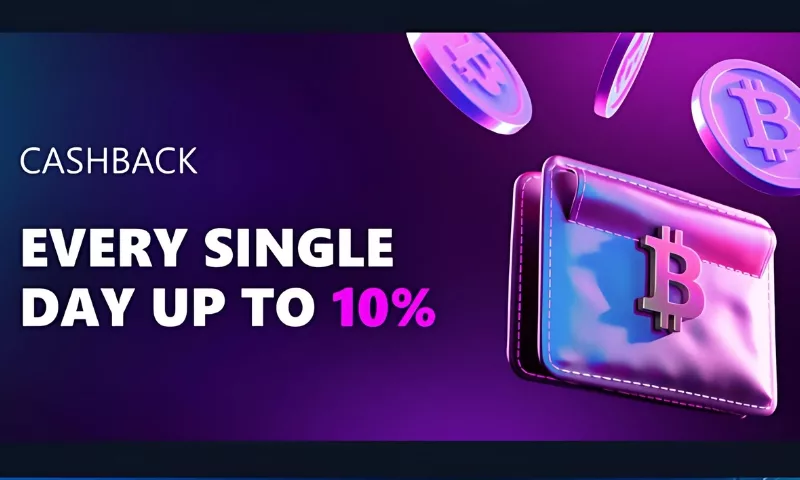Ripple Enters $150 Billion Stablecoin Market as ‘Natural Step’

Key Takeaways
- Ripple Announces USD-Packed Stablecoin: Ripple plans to launch a stablecoin that is 1:1 linked to the US dollar.
- Solid Reserve supports: Stablecoins are fully backed by US dollar deposits, short-term US government bonds, and other cash equivalents.
- Strategic multichain deployment: Initially available on the XRP Ledger and Ethereum, Ripple’s stablecoin is designed to scale across multiple blockchain and DeFi applications.
- Compliance and enterprise focus: Ripple supports its stablecoin initiative with a strong foundation of regulatory compliance and a vision for a wide range of institutional and DeFi use cases, emphasizing a compliance-first approach and enterprise-grade solutions.
Ripple made a pivotal move by announcing the launch of a stablecoin pegged to the US dollar. This development is an important step for the company, known for its enterprise-grade blockchain solutions, as it enters a market that is not only highly competitive but also has rapidly growing potential.
The stablecoin market, currently valued at approximately $150 billion, is expected to grow to over $2.8 trillion by 2028. These exponential growth projections highlight the rapidly growing demand for a stable and trustworthy digital currency in a volatile cryptocurrency environment.
Ripple’s decision to introduce a stablecoin comes at a time when the industry is calling for a digital asset that combines the stability of fiat currency with the innovation of blockchain technology.
Ripple CEO Brad Garlinghouse described the launch as a “natural step” for the company, which aims to further bridge the gap between traditional finance and the evolving cryptocurrency ecosystem. This move is seen as evidence of Ripple’s commitment to enhancing liquidity, usability, and trust through its products.
Ripple plans to back its stablecoin with robust reserves comprised of US dollar deposits, short-term US government treasuries and cash equivalents, while ensuring transparency through third-party audits and monthly attestations. This approach not only aims to instill trust among users and investors, but also emphasizes Ripple’s compliance with regulations and financial stability.
The stablecoin will debut on the XRP Ledger and Ethereum blockchains, reflecting a strategic choice to leverage the strength and widespread adoption of these platforms.
Ripple President Monica Long highlighted the potential to open up new institutional and decentralized finance (DeFi) use cases across various ecosystems thanks to the integration of stablecoins.
Ripple’s emphasis on a “compliance-first mindset” is especially noteworthy in an industry facing increasing regulatory scrutiny.
The Company’s existing regulatory licenses across important jurisdictions and its acquisition of Standard Custody highlight its proactive stance on regulatory compliance.
These actions are important to foster trust and drive adoption among enterprise customers, especially in emerging markets seeking stablecoin solutions.
Ripple’s introduction of a stablecoin promises several benefits, including an enterprise-grade solution for financial institutions, improved liquidity on decentralized exchanges (DEXs), and multichain compatibility. These features are designed to meet the growing demand for reliable digital payment solutions while creating a vibrant ecosystem for both developers and users.
Ripple’s entry into the stablecoin market is not simply an expansion of its product portfolio, but a strategic move to solidify its position as a leader in the blockchain and cryptocurrency industry. Ripple aims to leverage its 10 years of experience and infrastructure to solve a variety of problems in cross-border payments and beyond.
The industry is watching closely as the stablecoin, which is awaiting regulatory approval, is expected to launch later this year. Ripple’s venture into stablecoins could have a significant impact on the trajectory of digital currency adoption, especially in corporate environments, and could contribute to the widespread acceptance and integration of blockchain technology in the global financial system.
Read more: How to find the right cryptocurrency wallet?



